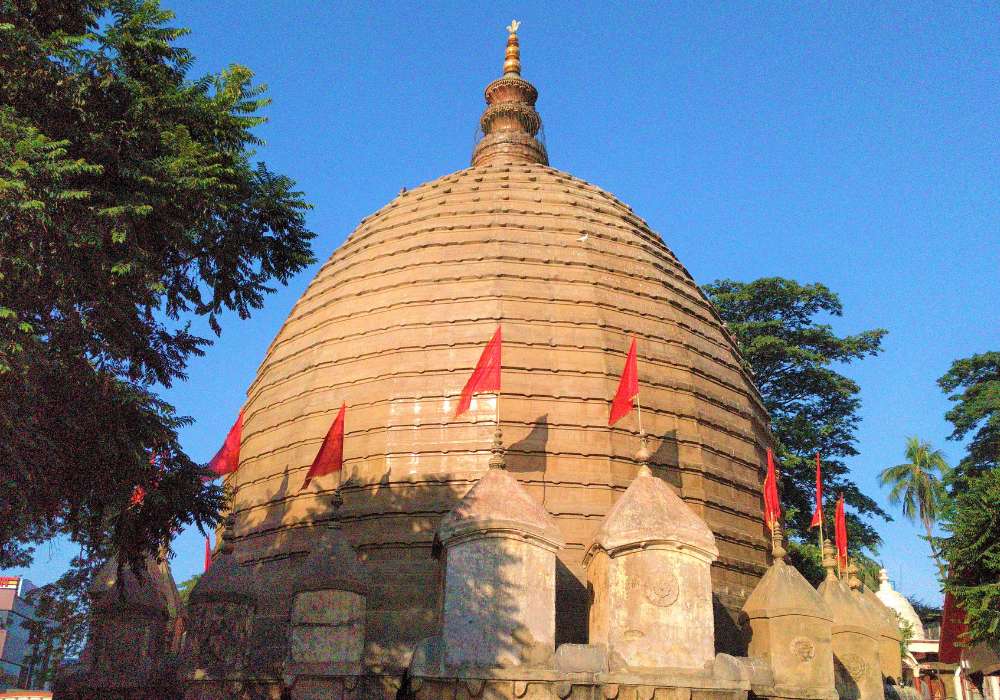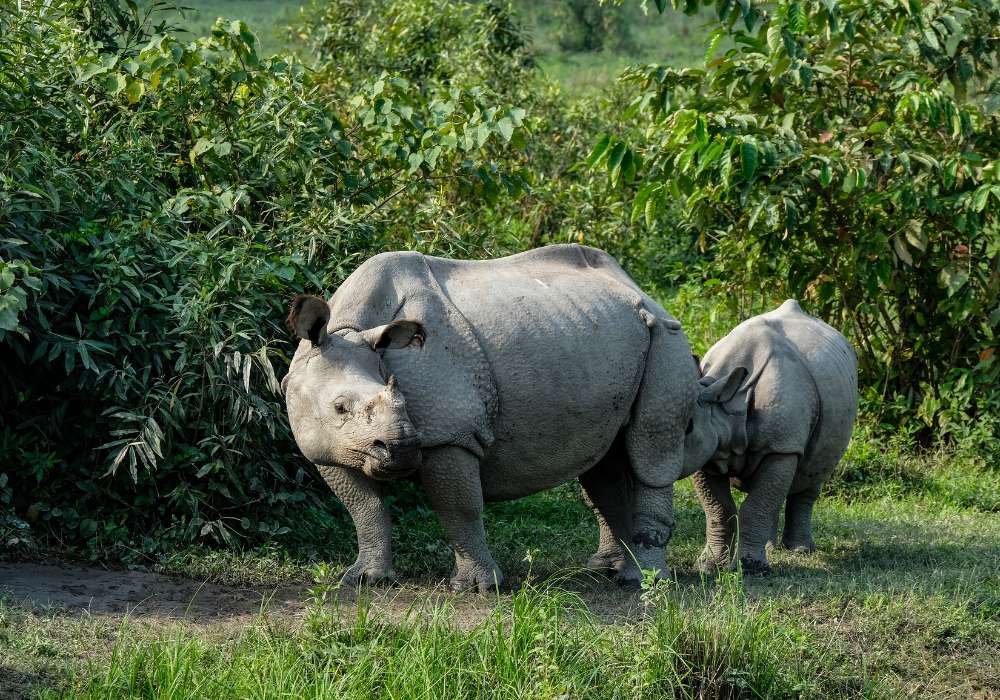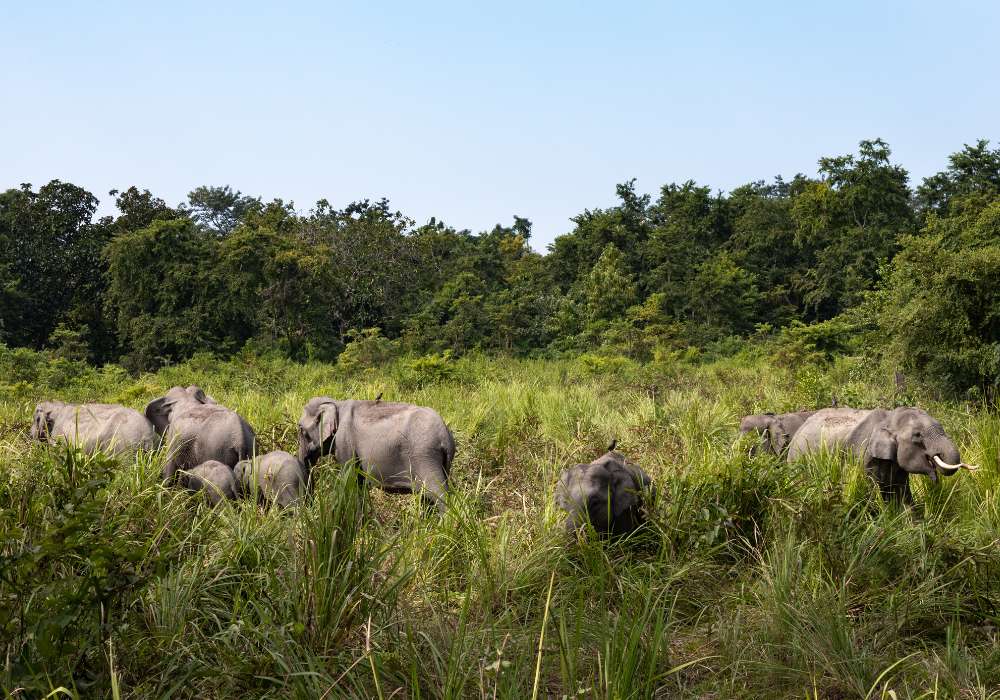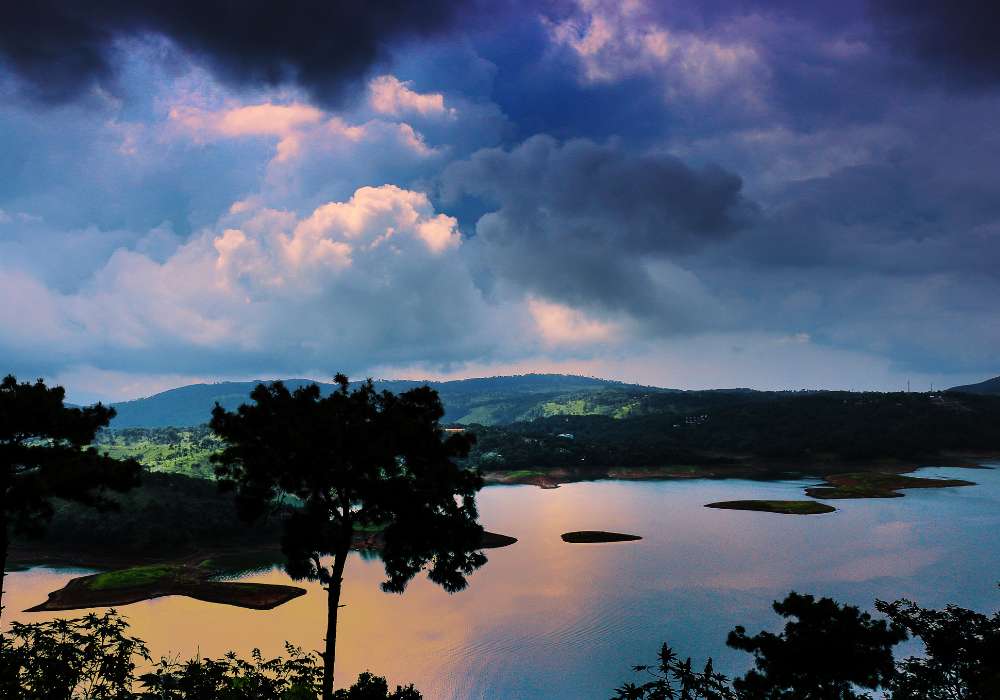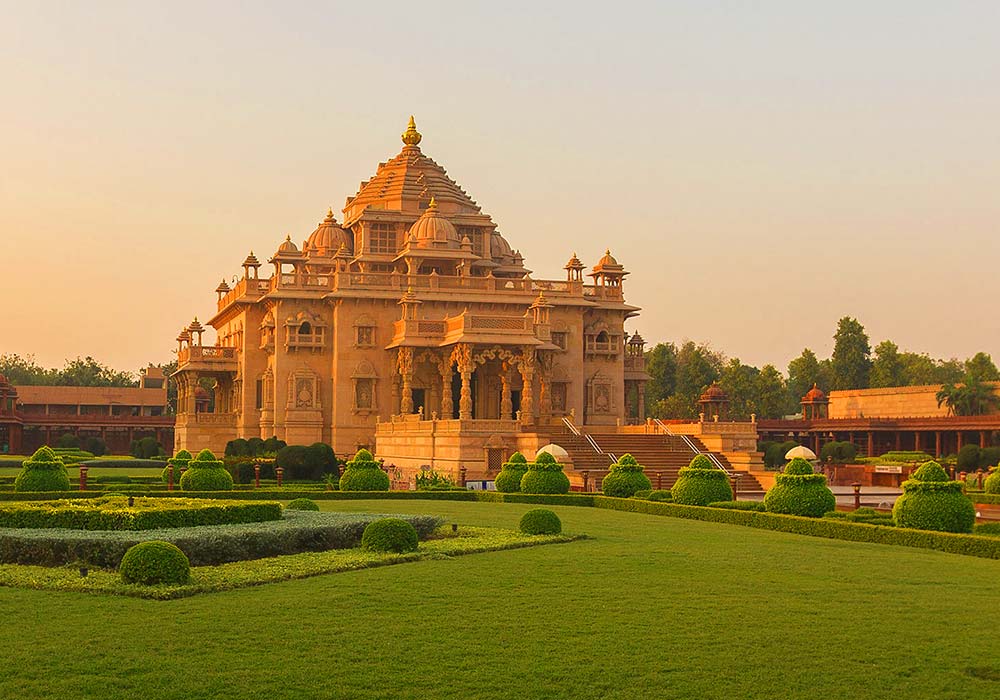Assam
Nestled in the northeastern part of India, Assam is a land of captivating myths, breathtaking landscapes, and vibrant festivals. Often referred to as “The land of red river and blue hills,” Assam boasts a unique blend of cultures, making it a destination rich in history and diversity. From its sprawling tea gardens to its ancient temples, Assam offers a kaleidoscope of experiences that are sure to leave travelers enchanted.
Located at the crossroads of Northeast India, Assam is bordered by Bangladesh, Bhutan, and various Indian states. The state’s diverse landscape features lush tea plantations, vast paddy fields, and pockets of coconut, areca nut, and banana groves. This geographical diversity is mirrored in its population, a mix of different races and tribes, including Austrics, Aryans, Negroids, Indo-Burmese, Indo-Tibetans, and Mongoloids.
Assam’s history is a tapestry of dynasties, invasions, and evolution. The region found mention in the accounts of Chinese traveler Huen Tsang in the 7th century. Initially known as Kamrup, it was a formidable kingdom under King Bhaskaravarman. However, subsequent centuries witnessed its decline due to repeated attacks and invasions.
The entry of the Ahoms in the 13th century marked a turning point for Assam. This dynasty ruled for six centuries and left an indelible mark on the region. They shifted the center of power from Kamrup to Sibsagar and contributed to the state’s distinctive identity. The Ahoms fiercely defended Assam against the Mughals in the historic Battle of Saraighat, led by the valiant Lachit Barphukan.
Assam saw ups and downs over the centuries, including Burmese occupation, before being ceded to the British in 1826. The state played a crucial role in India’s fight for independence and eventually became a part of the Union of India.
Assam’s vibrant cultural tapestry is highlighted by its festivals. Rongali or Bohag Bihu, celebrated in mid-April, marks the Assamese New Year and the onset of spring. Other Bihus, such as Bhugali Bihu and Kangali Bihu, celebrate different agricultural phases. Ambubasi Mela, closely tied to Tantric rituals, is another significant fair held in Guwahati.
Assam experiences two distinct climates: sub-alpine in the hills and tropical with high humidity in the plains. The best time to visit is during spring and autumn, when the weather is moderate and rainfall is manageable. Winter (October to February) and the early monsoon season (June) are also favorable times for travel.
Assam is well-connected by air, rail, and road. The state boasts functional airports in Guwahati, Jorhat, Silchar, Dibrugarh, and Tezpur. Guwahati serves as a major railway hub with connections to various parts of the country. A good road network ensures easy access to different parts of the state.
Assam’s attractions offer a glimpse into its rich heritage and natural beauty. Guwahati, the capital, is home to the revered Kamakhya Temple and the scenic Brahmaputra River. Sibsagar, with its Ahom ruins, speaks of the state’s historical grandeur. The Kaziranga National Park, renowned for the one-horned rhino, and the Manas National Park, a tiger reserve, showcase Assam’s biodiversity.
Assam is a realm of history, culture, and natural wonders that beckon travelers to explore its intriguing landscapes and experience its vibrant festivals. From the echoes of its ancient past to the rhythms of its modern heartbeat, Assam is a destination that promises to leave an indelible mark on the hearts of those who venture to its lands.
For more information
- +91 8240 628 573
- Mon - Sat: 10:00AM - 7:30PM
- anupam.ghosh@matrimovers.in
Talk to us
- Price on Request
- 14 Days

